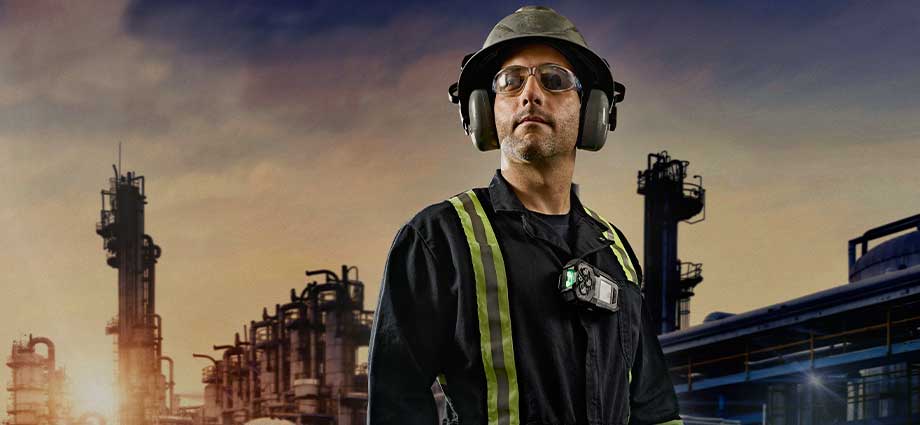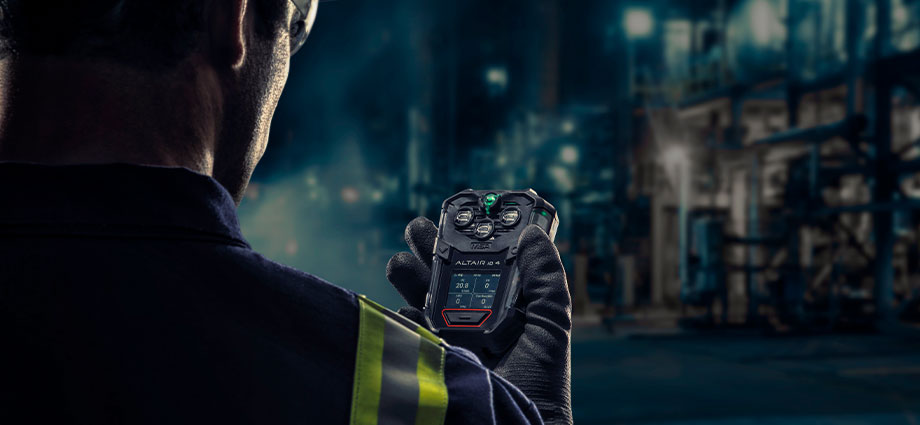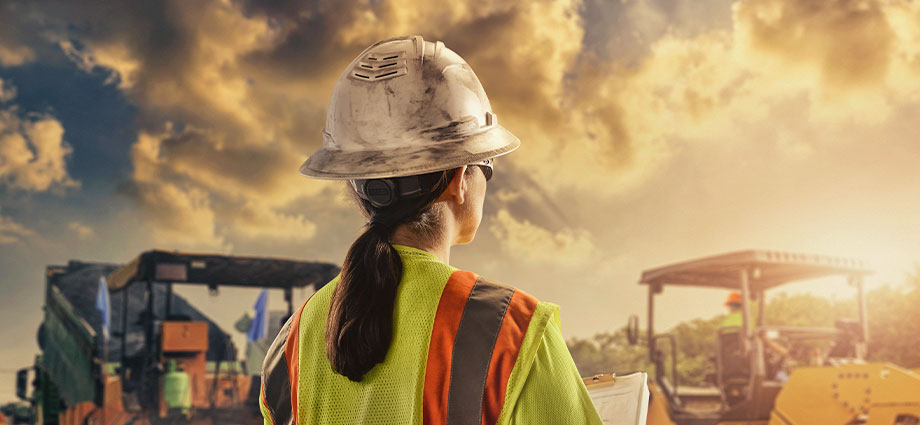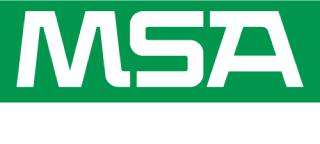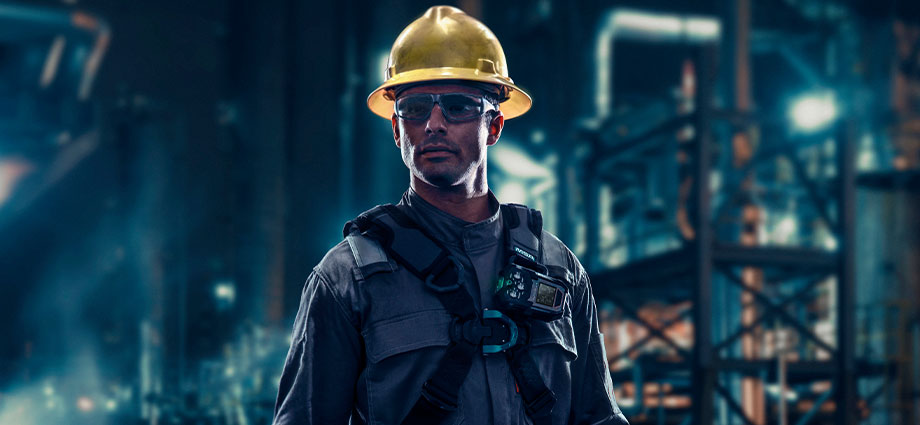
There’s been a lot of talk in the world of safety about the impact of real-time data with gas detection systems. Although most will agree that real-time data benefits safety programs by providing information that leads to better decision making, some may wonder if real-time data is as beneficial as they’ve heard.
The short answer is yes, and here’s why.
By itself, a properly calibrated and bump-tested gas detector is a powerful personal protective device, for example, for the individuals on-site and to provide the organization with historical data for consideration.
But a connected work platform can take a gas detection program to the next level.
A connected work platform combines real-time data, connected PPE/gas detection wearables, and advanced software solutions to help provide more visibility across these areas of concern:
- Workers
- Worksites
- Workflows
In fact, connectivity enables the kind of visibility that can further enhance a safety program and improve safety outcomes.
Even better? A strategic connected worker-worksite-workflow platform helps take your gas detection program a step further in terms of safety and productivity. Plus, it sets you up for a scalable and adaptable safety program for today – and tomorrow.
Consider these three reasons why real-time data via a connected platform can help enhance worker and worksite safety:
1. Real-time data enables real-time visibility for safety teams.
By their very nature, remote workforces can often prove challenging for safety managers.
With a connected platform that provides visibility across workers and worksites, safety managers can help ensure that remote and lone workers are not alone. This visibility can help to improve response time between incident and information to ultimately help improve worker safety.
With connectivity-enabled real-time data, safety managers can have continuous situational awareness. That means seeing the state of workers and monitoring their safety behaviors in the field. It means you’ll get gas exposure alerts, man-down alarms, panic button presses, and device concern warnings in real-time so you can act as swiftly as possible for the circumstances. Plus, it means simplifying compliance and improving productivity to help reduce risk and costly downtime.
Real-time data gives safety managers real-time visibility and awareness into what’s happening, so they can respond to incidents – and help improve safety of workers, worksites, and workflows – much faster.
The key to accessing real-time data is connecting your hardware or gas detection devices to a seamless software solution. While the device does its job of collecting data, the software does its job of empowering safety managers with information and insights.
A comprehensive hardware-plus-software connected gas detection solution gives the entire safety team a single, go-to place (accessible anytime, anywhere with an internet connection) for the data and support that can help enhance both operational efficiency as well as worker and worksite safety.
2. Real-time data helps build on your operational efficiencies.
Traditional gas detector check-ins and check-outs can be inefficient at times. But knowing which workers are using which devices can help ensure those devices are being used properly and being returned to the fleet. Based on our work with clients across a variety of industries around the world, MSA estimates that roughly 20% of gas detection devices never make it back to the fleet. Not only are the devices lost, but in a disconnected program, the data is also gone forever.
Thanks to a connected program, safety managers can assign a device to a worker, enabling real-time, worker-specific data. That, in turn, can lead to significant operational efficiencies, including:
- Automated check-in and check-out for daily, project-specific, and long-term use
- Increased worker accountability for the device and its whereabouts
- Faster understanding of what’s happening with the worker, including the type and level of exposure
- Easier identification of noncompliant workers (those that ignore alarms and remain in a hazardous environment) so they can be trained or re-trained on proper safety procedures and protocols
3. Real-time data helps provide better peace of mind for lone workers.
There are more than 50 million lone workers in the U.S., Canada, and Europe, most of whom are found in the oil & gas, telecommunications, utilities, construction, and industrial industries.1 It’s no secret to lone workers or their safety managers that their working conditions are uniquely and inherently fraught with a variety of potential hazards, including accidents, emergencies, and illnesses that require trained, capable, and properly equipped workers to do their jobs under such conditions.2
A connected work program can benefit lone workers. Compliance, fleet manager, or live monitoring services extend visibility, helping ensure that data is delivered in real-time from on-site workers to off-site safety managers. Not only does this help protect the lone worker from gas exposures, but it also connects them to real and tangible help when needed.
As any lone worker can attest, working alone is not the same as being alone. Thanks to in-the-moment monitoring and real-time data, lone workers can have the peace of mind that comes from knowing their safety team has their back whenever and wherever they’re on the job.
What Safety Teams Can Do
A connected work platform can seamlessly integrate connected workers, connected workflows, and connected worksites to help you build and maintain a flexible and proactive safety program that only gets better with time. Now that you know the benefits of a connected gas detection program, the next step is to take a deeper dive into understanding where you are on your connected journey and identifying the right partner to help support your organization’s safety, productivity, and compliance goals.
Learn more about connected work, real-time data, and more: https://us.msasafety.com/connected-work
References
1 https://www.ishn.com/articles/104413-how-to-protect-remote-lone-workers


